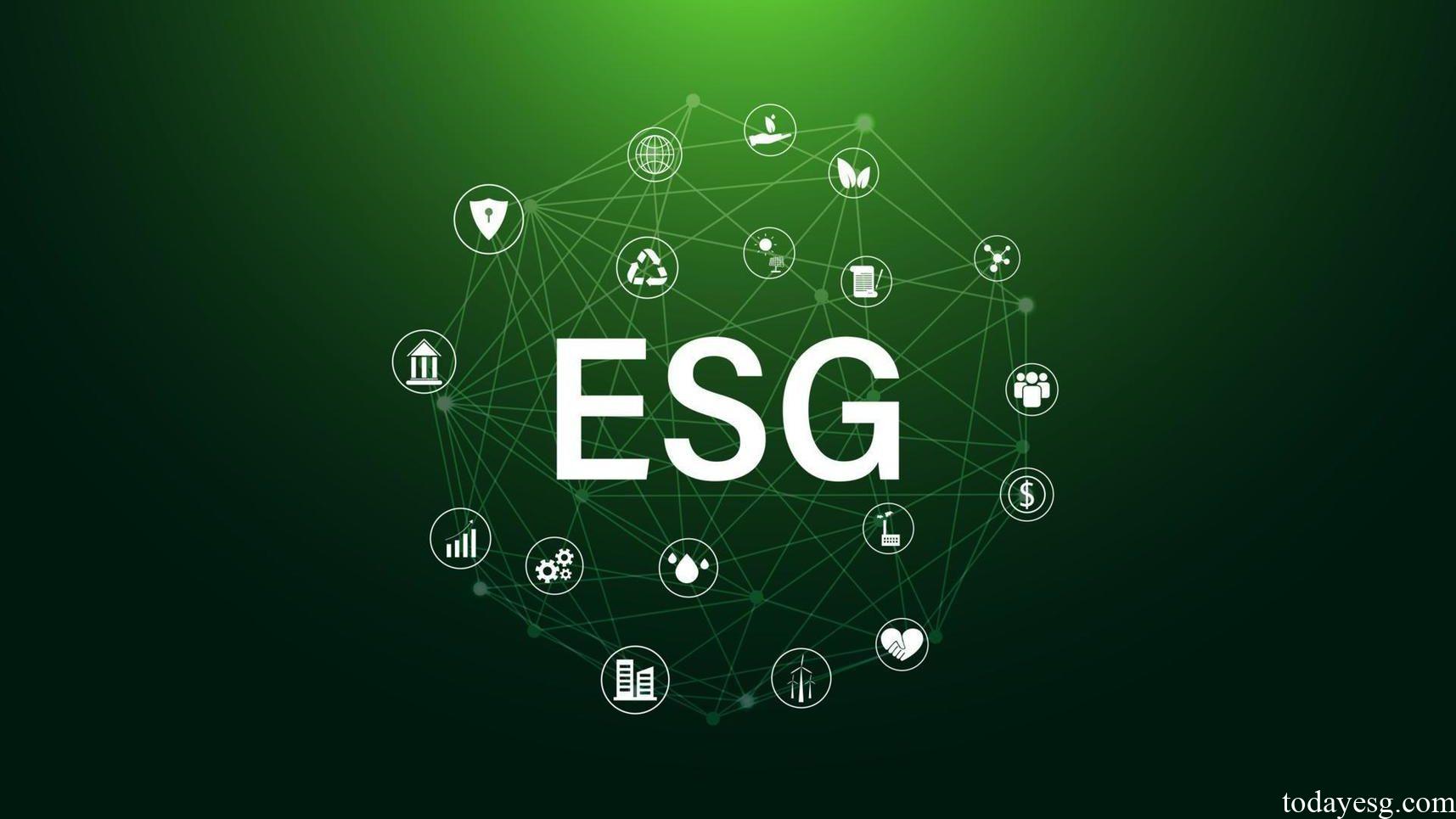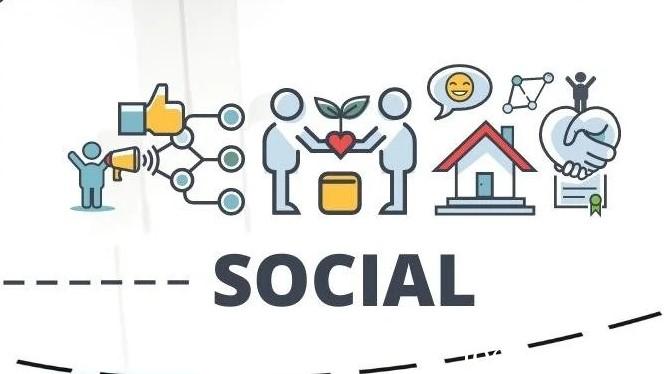ESG Social Report
The World Business Council for Sustainable Development (WBCSD) releases the ESG social report, which aims to help companies understand the social aspects of ESG and provide methods to improve social performance.
Social issues are becoming top consideration on the business agenda. More facts show that if the company fails to address the risks of employees, communities and stakeholders, it may face reputation losses and financial losses. The regulatory authority also requires the company to consider its social performance in business strategy and practical actions.
What is ESG Social Performance
At present, ESG social reporting and supervision work are carried out around internationally recognized international standards. For example, the Guiding Principles on Business and Human Rights issued by the United Nations and the Guidelines for Multinational Enterprises issued by the OECD have established a human-centered regulatory framework.
The social performance of ESG can be considered as the positive and negative impact of the company on people. Although the main task of the company is to implement the business model and generate revenue and profits, stakeholders with the company will also be affected. These stakeholders include:
- The company’s own employees;
- Employees upstream and downstream of the company’s value chain;
- Communities affected by the company;
- Product and services customers;
Each company has its own unique business model, and it needs to identify, analyze and solve the impact of business activities on stakeholders, so as to improve the company’s social performance at the ESG level.

How to evaluate ESG Social Performance
WBCSD believes that enterprises need to evaluate ESG social indicators in their internal decision-making, and show investors and other stakeholders the relevant performance. Enterprises can take the following measures:
- Board of directors and management need to integrate commitments into corporate culture and practice. Board of directors needs to discuss the impact of the company’s development strategy on employees and understand these issues in depth. Management needs to analyze whether the company’s business model increases social risks, and put relevant practices through the company’s business process;
- Consider the quality of risk identification and assessment. When assessing the risks of business activities and value chain, the company needs to understand and determine the most serious business risks and respect the rights of employees. The company can also prioritize risks according to the suggestions of stakeholders and experts in risk identification;
- Assess whether current behavior is driving sustainable change. The company needs to assess whether relevant actions at the current social level can mitigate risks, and design relevant systems to adjust the company’s actions. If the agency indicators adopted by the company cannot promote sustainable change, it is necessary to change their actions;
- Design robust and reliable social goals and KPIs. Robust and reliable goals and KPIs can evaluate the company’s achievements in a standard way and solve the social risks faced in the operation. These goals and KPIs can directly measure the work results of employees, and also help evaluate the solution of social risks;
- When assessing the workplace, pay attention to indicators related to inequality. The company needs to pay attention to the inequality at the operational level, such as the indicators of labor force composition, the ratio of wages at different positions and the percentage of basic employees. These indicators will help the company solve the internal inequality of employees and improve social performance;
- Use emotional data to gain insight in stakeholder attitudes. At present, the emotional data of employees and consumers has been widely used to measure the effectiveness and intangible value of companies. These data will help the company obtain the attitude of stakeholders and carry out innovative data analysis at the social level;
Reference:
Advancing the S in ESG: A primer for CFOs
ESG Advertisements Contact:todayesg@gmail.com








